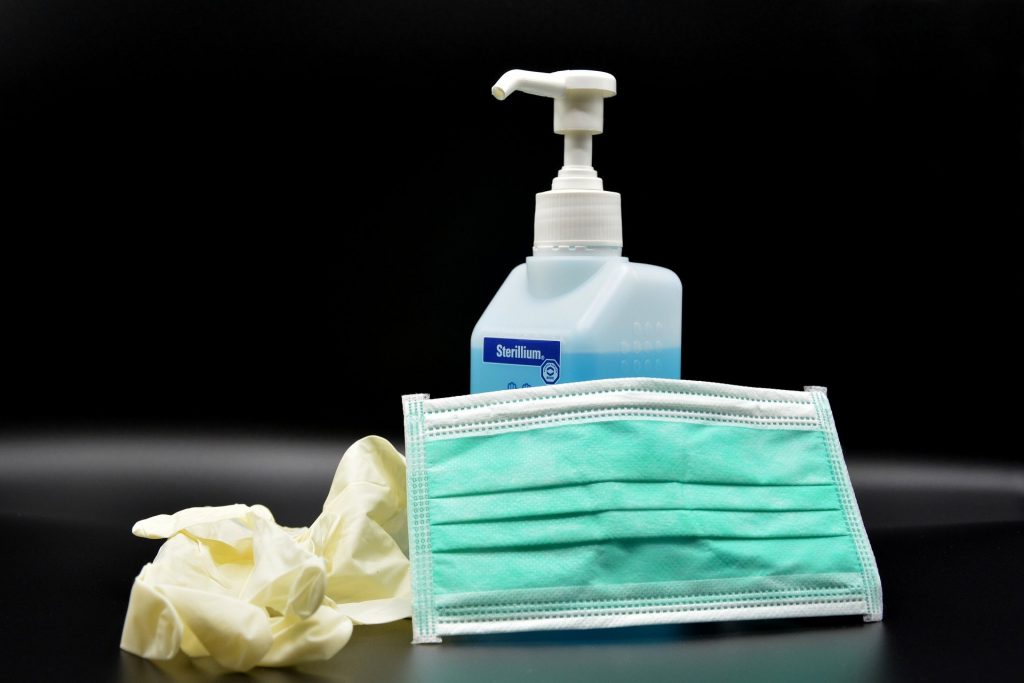We’ve reached a point in the COVID-19 crisis at which we’re anticipating a return to ‘normal’. The rapid development of effective vaccines helps us protect society, however gradually, from the spread of the virus. And yet, it’s also important to recognize that we’re not out of the woods yet. Amidst some early analysis of what we can expect from life in 2021, comments from a physician at Brown University may have framed things best: spring is when we’ll start to see a light at the end of the tunnel.
That doesn’t mean things won’t be steadily improving from now until the “end” of the COVID-19 situation. But it does mean that we should be prepared for the virus to be among us for a while longer yet. Accordingly, it’s of paramount importance for people and businesses easing back into ordinary working practices to take appropriate precautions. And it’s for that reason that we want to go over some important practices for worksite communications during COVID-19.
Masks seem to have remained unfortunately polarizing in many corners of society. But the research and expert recommendations are conclusive: Masks work, and at this point are still more effective at containing the spread of the virus than the limited vaccinations being administered. For those who question masks or are simply puzzled as to how they work, a New York Times explanation actually does an excellent job of quite literally illustrating why they’re so effective. It, too, leaves little doubt regarding the necessity of using these simple protective measures.
Provided this is understood, those in charge of worksites (or really any work environments) should mandate mask usage where face-to-face interaction takes place. This incentivizes on-site communication by making it safe for people to be in close proximity, at least in small numbers (though social distancing should still be in effect).

For worksites and situations where radio-based communication is necessary, it can actually be a great way for people to work together, indoors and outdoors, with something close to total safety. At the same time however, proper precautions need to be taken — particularly where shared equipment is concerned. Ideally, workers should be sanitizing mobile and radio equipment after every use, because it’s simple to do so and better to be safe than sorry. However, as expressed in the previous article on ‘How to Maintain Better Radio Accessory Hygiene in a COVID World’, any equipment that has to be shared should also be handled with care. Parts (such as earbuds or earpiece foam) should be replaced whenever possible, and parts that can’t be replaced should be thoroughly sanitized in between uses. Users that rely on radio accessories like surveillance kits can clean acoustic tubes in 5 easy steps.
The good news is that we know COVID-19 transmits primarily through droplets in the air. But it can also linger on surfaces, and that makes it very important to keep personal, communication-related equipment clean. Only by doing so can workers safely prepare for on-site communication.
For working environments undergoing broader transitions to digital communication (e.g. mobile phones, laptops, Zoom meetings, etc.), security should also be considered a necessary practice. Even before COVID, increasing digitization has incentivized greater efforts in cybersecurity. It’s turned into a sought-after field of study online and a legitimate growth area for technological advancement and employment opportunity. And a lot of this has to do with the kind of mobile communication that can take place on worksites.
Speaking to those looking to develop expertise in this field, Maryville University’s online cybersecurity degree overview mentions mobile security efforts among ways to “go on the offense” against cyber threats, and this is a good way to think about worksite precautions in the same area. Employers should guide employees to be proactive in taking preventative security measures with their mobile devices — such as using proper device passwords, operating on secure networks, and so on. Really, these are good practices for modern cybersecurity in general. But as COVID leads to more mobile communication, proper consideration of security will keep that communication safe.
These are simple measures, all things considered, but together they can help bring about safe and effective on-site communication while we continue to manage the COVID-19 situation. Practicing sound security for mobile communication, cleaning on-site radio equipment as needed, and mandating masks for face-to-face interactions will allow employees to interact as needed without sacrificing safety.
exclusively written for impactcomms.com
by Rona Jane
Category: Guest Blogs, LEARNING CENTRE
Tags: COVID-19, Guest Blog, Learning Centre